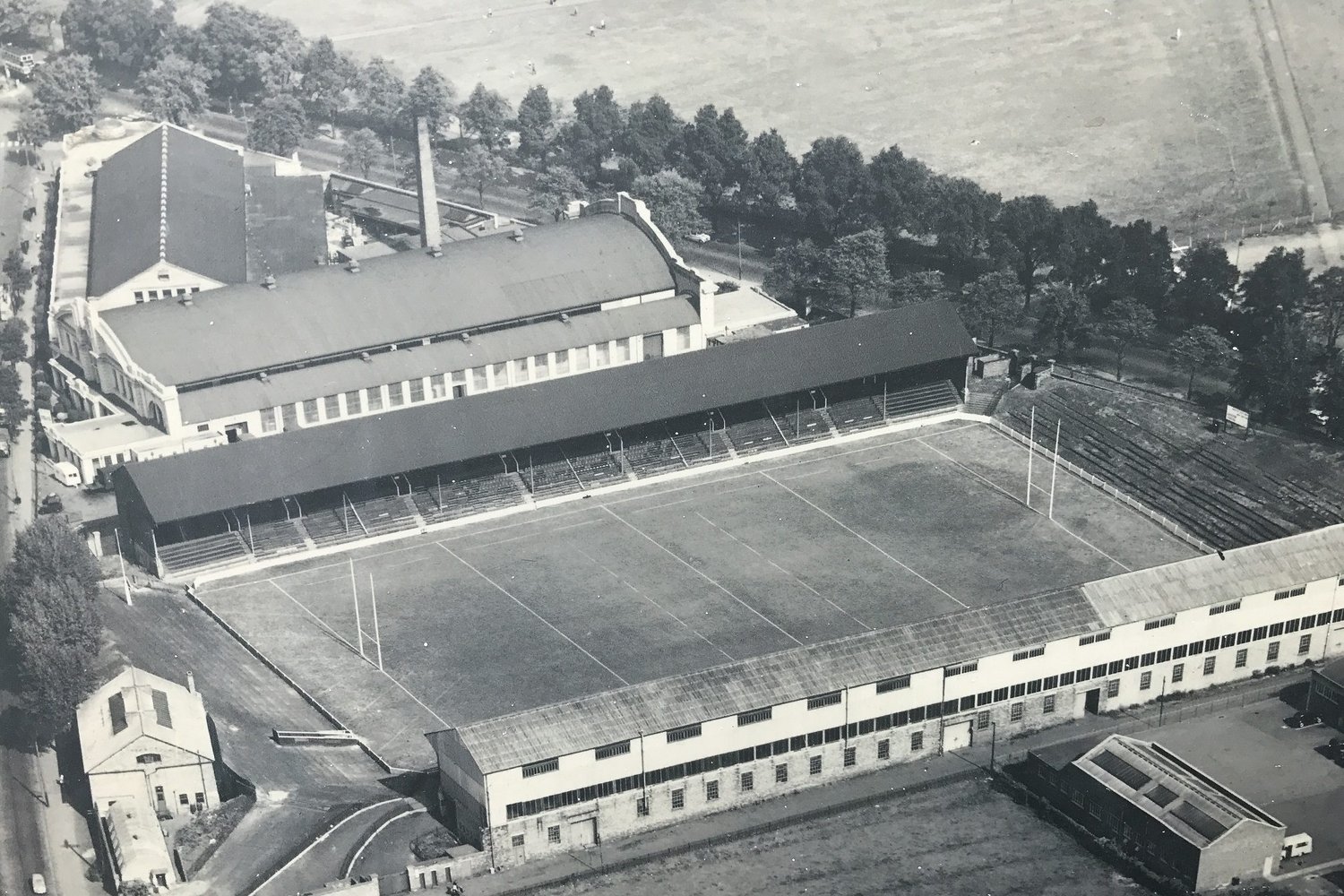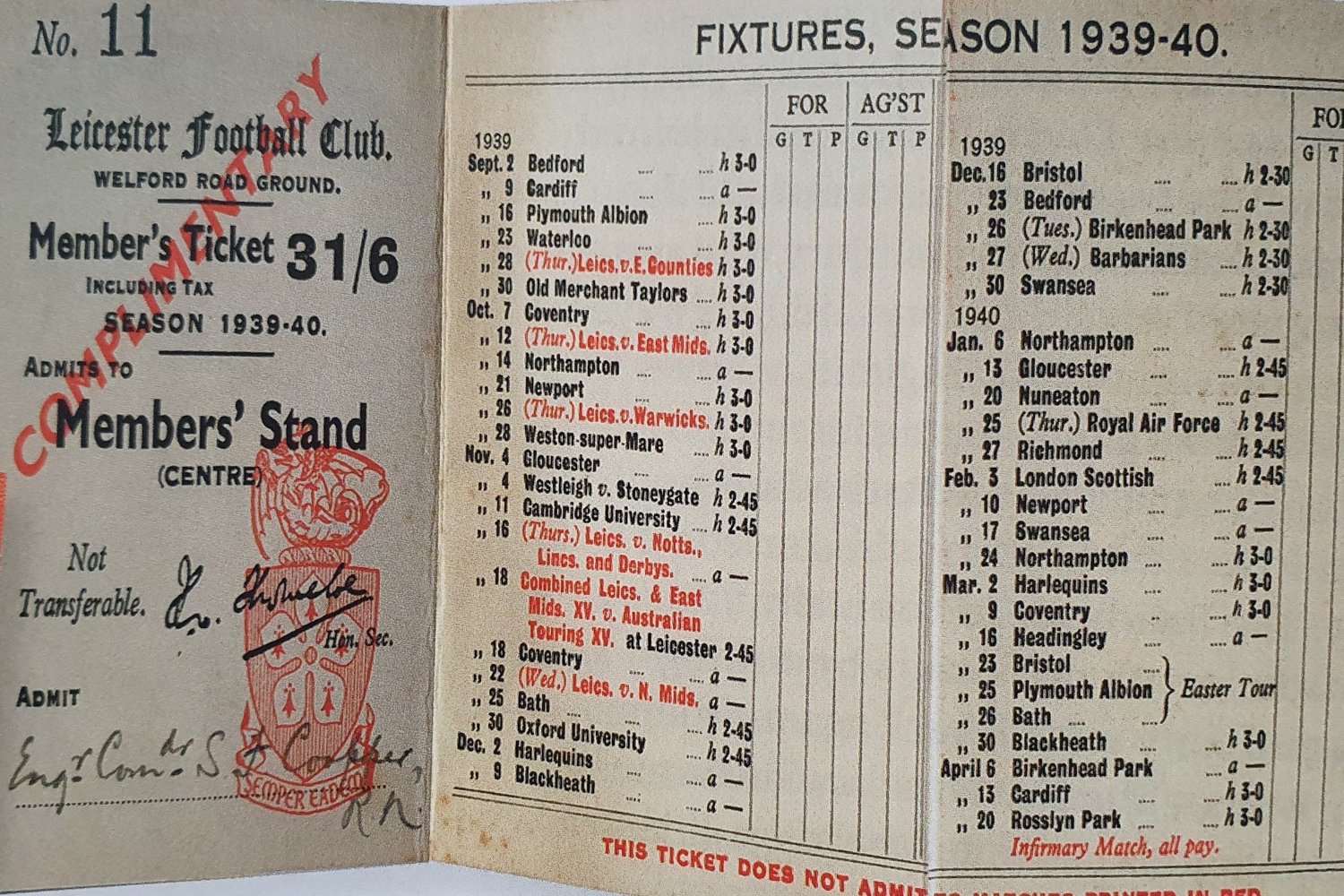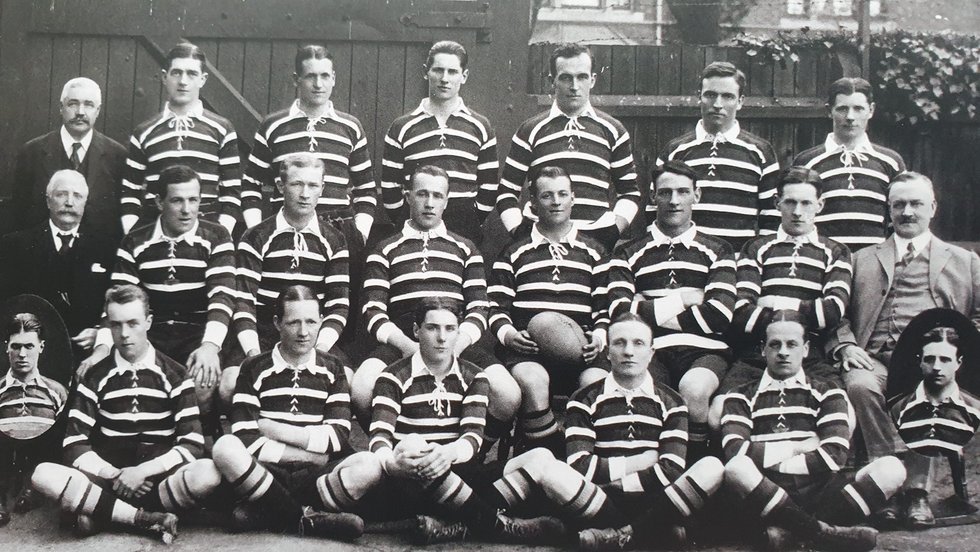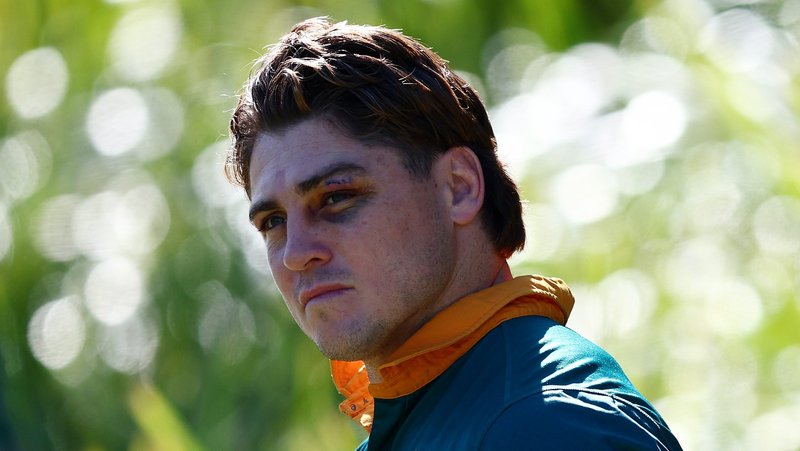With the club unable to host its usual Remembrance Day commemorations during the Covid-19 pandemic, Leicester Tigers take a look at how the stadium and club were affected by the two world wars.
Digging through the club’s history book, discover the important role it played in supporting troops.
1914/15
Britain’s declaration of war against Germany on August 4, 1914, saw rugby activities ceased, with many of the players ‘joining up’, and stalwart Tom Crumbie helping to support the region’s recruitment for active service.
The club premises were loaned to the army and formed the headquarters for two artillery units and a pioneer corps.

Just two charity games were played in the 1914/15 season at the stadium, both against the Barbarians with the focus around promoting military recruitment.
The first on January 2, 1915 welcomed a crowd of 3,662 and saw each team play with a man short in honour of the cause, with the second game on March 27 in front of 4,255. Proceeds from this game were donated to the Leicester Royal infirmary.
1918/19
When the Armistice was signed on November 11, it was recorded than 23 Tigers had given their lives in the line of duty.
Amazingly just six weeks later, the club hosted its first post-war match. That game saw Percy Lawrie become the club’s leading try scorer of all-time as Tigers beat a Leicestershire Regiment XV 6-5 in front of more than 3,000 spectators, coincided with the opening of the new reconstructed Members Stand.
Lawrie remains the club’s record tryscorer, finishing his career in 1924 with 206 tries.

1939/40

With the storm clouds gathering in Europe, Tigers had built a formidable reputation as an invitational team under Honorary Secretary Tom Crumbie, attracting some of the game’s best players and opposition. The Supporters Club had also formed, playing an essential role in finances.
The tea had won 20 of the 36 matches in 1938/39 before, for the second time in 25 years, rugby closed down, though Welford Road did hold one fixture in 1939/40, one day before the declaration of war with Germany.
1940/45
Throughout the war, boardmember Eric Thorneloe worked tirelessly, raising money for charities through organising rugby games against teams in the Midlands and a Barbarians XV.
The club’s efforts were recognised with a thank-you from Army Rugby Union officials after raising £10,700 for service charities.

1945/46
A total of 27 Tigers were lost in the Second World War and, as the conflict in Europe ended in May 1945, club officials met to discuss Tigers’ future.
The roof of the Crumbie Stand had been hit during air raids, there was a collapsed wall at the Welford Road end and military use had damaged floors in the clubhouse. The club also had debts of £1,800 and renovations were not going to be cheap.
To help raise funds, the club decided to field a second-string team for the first time in 40 years, a move which would have long-lasting consequences for the club’s development.
As Tigers rebuilt, they finished the 1945/46 season with 16 wins, two draws and 16 defeats.







